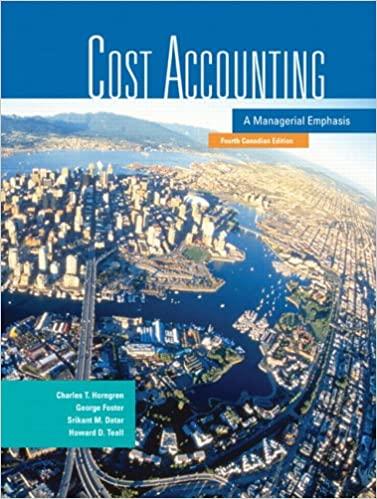Exercises in compound interest. To be sure that you understand how to use the tables in Appendix
Question:
Exercises in compound interest. To be sure that you understand how to use the tables in Appendix A at the end ofthis book, solve the following exercises. Ignore income tax consider¬
ations. (The correct answers, rounded to the nearest dollar, appear on pp. 845-846.)
REQUIRED 1. You have just won $5,000. How much money will you have at the end of ten years if you invest it at 5% compounded annually? at 12%? (Interpolate the value.)
2. Ten years from now, the unpaid principal ofthe mortgage on your house will be $89,550.
How much do you have to invest today at 5 % interest compounded annually to accumu¬
late the $95,650 in ten years? (Interpolate the value.)
3. Ifthe unpaid mortgage on your house in ten years will be $95,650, how much money do you have to invest annually at 8% to have exactly this amount on hand at the end of the tenth year?
4. You plan to save $6,000 of your earnings at the end of each year for the next ten years.
How much money will you have at the end of the tenth year if you invest your savings compounded at 12% per year?
5. You have just turned 65, and an endowment insurance policy has paid you a lump sum of
$240,000. If you invest the sum at 4%, how much money can you withdraw from your account in equal amounts each year so that at the end of ten years (age 75) there will be nothing left?
6. You have estimated that for the first ten years after you retire you will need an annual cash inflow of $60,000. How much money must you invest at 8% at your retirement age to obtain this annual cash inflow? at 18%?
7. The following table shows two schedules of prospective operating cash inflows, each of which requires the same net initial investment of $12,000 now:
Annual Cash Inflows Year Plan A Plan B 1 $ 1,000 $ 5,000 2 2,000 4,000 3 3,000 3,000 4 4,000 2,000 5 5,000 1,000 Total $15,000 $15,000 The required rate ofreturn is 8% compounded annually. All cash inflows occur at the end of each year. In terms of net present value, which plan is more desirable? Show your computations.
Step by Step Answer:

Cost Accounting A Managerial Emphasis
ISBN: 9780131971905
4th Canadian Edition
Authors: Charles T. Horngren, George Foster, Srikant M. Datar, Howard D. Teall





